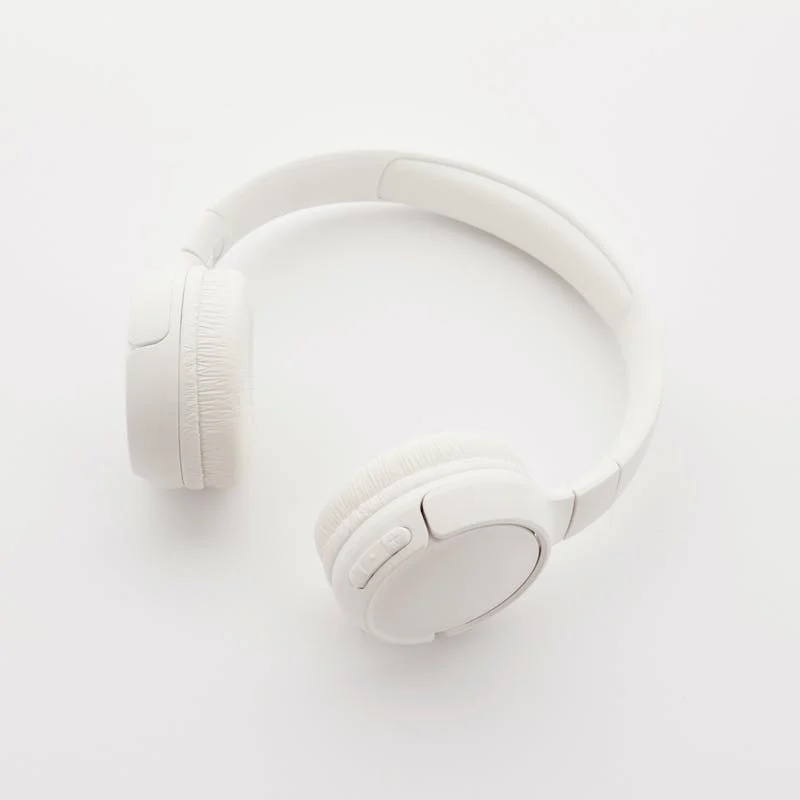
Introduction
When studying how attachment styles impact our adult romantic relationships, researchers typically categorize them into four groups: secure, anxious-preoccupied, dismissive-avoidant, and fearful-avoidant.
If you’ve never heard of attachment styles before but have found yourself wondering why your last relationship didn’t work out or why your current one isn’t working out better… You may be curious to learn how you pick, relate, communicate, and even fight with your partners may be influenced by your attachment style.
If you’re feeling insecure in your current relationship, or are heartbroken over a recent relationship ending, it’s normal to wonder what you can do to start feeling better and more secure in your relationships moving forward.
If that’s the case, we hope this article gives you the insight you may be searching for.
“Most people are only as needy as their unmet needs. When their emotional needs are met, they usually turn their attention outward. This is the “dependency paradox”: The more effectively dependent people are on one another, the more independent and daring they become.”
Amir Levine and Rachel S.F. Heller, The book “Attached”
Are attachment styles real?
According to attachment research, a person’s attachment style is influenced by early childhood experiences and early relationships.
John Bowlby established the fundamental principles of the theory, while Mary Ainsworth played a pivotal role in its further development and contributed to shaping its contemporary directions.
Amir Levine and Rachel S.F. Heller co-authored the book “Attached: The New Science of Adult Attachment and How It Can Help You Find – and Keep – Love,” which popularized attachment theory’s application to adult romantic relationships (link to Amazon).
Although your attachment style can change over time, people often start with the attachment style they formed in childhood. It is believed the ages between 0-17 are particularly formative. However, it’s worth noting that your attachment style can adapt over time, influenced by the intimate relationships you experience throughout your life.
This means – you can heal your attachment style.
Should you happen to find yourself in a cycle of insecure attachment, remember that you’re not trapped in a cycle of suffering. There’s room for growth and recovery, and you possess the ability to overcome the challenges you’re experiencing. There’s hope for growth and healing.
How your attachment style was created
The way you connect with others and build close relationships is shaped by your early experiences. And how you learned to react to your needs, feelings, actions, and playfulness during that time.
Secure attachments form when caregivers provide consistent care, fostering trust and a belief that needs will be met. Inconsistent care can lead to anxious-preoccupied attachment, while neglect or abandonment may result in dismissive-avoidant or fearful-avoidant styles.
While attachment styles usually form early in life, they can evolve over time based on later experiences and relationships. They serve as a framework for understanding how individuals approach relationships and perceive themselves.
There are four main attachment styles
There are four primary attachment styles in people. Though, it’s on a spectrum. Secure attachment is the ideal. Whereas anxious-preoccupied, and dismissive-avoidant, and fearful-avoidant are developed from an insecure bond. Anxious attachment involves a strong desire for intimacy and approval from partners, accompanied by constant worry about the relationship’s security and potential emotional reactivity. Dismissive-avoidant attachment is characterized by a preference for independence, a tendency to downplay the significance of close relationships, and an avoidance of emotional vulnerability in interactions with others. The fourth style, known as fearful-avoidant, is a blend of anxious and dismissive characteristics. Fearful-avoidant attachment combines a yearning for emotional closeness with a fear of rejection and abandonment, often resulting in ambivalence and difficulty trusting others due to past inconsistent caregiving or traumatic experiences. It can make it tricky to trust people because of past experiences where you didn’t always get the support you needed.
1. Secure Attachment
Secure attachment is a relational style characterized by a strong sense of self-worth and trust in both oneself and one’s partner. Individuals with secure attachment feel comfortable in emotional intimacy and independence within their relationships. They can openly express their feelings and needs, knowing they will be acknowledged and supported. This sense of security allows them to build and maintain healthy relationships based on mutual respect and understanding, without the constant fear of abandonment or rejection that often troubles other attachment styles.
2. Anxious Attachment
Anxious attachment is characterized by an excessive need to be close to your partner, a fear of being abandoned and a preoccupation with your partner’s availability. If you tend toward anxious attachment, you may worry about them cheating on you or leaving you for someone else. You might also feel insecure about the relationship because of previous experiences with hurtful relationships that have made it difficult for you to trust in others. Moreover, you might find it challenging to voice your unmet needs due to the intense fear of abandonment you experience.
Individuals with anxious attachment tendencies are more prone to experiencing jealousy when their partners spend time apart without a clear reason. They tend to be clingy and desire extensive together-time, often engaging in activities like continuous texting throughout the day.
3. Avoidant Attachment
The avoidant attachment style is characterized by a strong preference for independence and self-sufficiency in relationships. Individuals with this attachment style often downplay the significance of emotional closeness and may feel uncomfortable with emotional vulnerability. They tend to keep their distance from intense emotional situations and may have difficulty expressing their own feelings or needs to their partners. Avoidant individuals may prioritize self-reliance and may find it challenging to fully trust or rely on others in their relationships, which can lead to difficulties in establishing and maintaining deep emotional connections. This attachment style can often be traced back to early caregiving experiences where emotional needs were not consistently met, leading individuals to develop self-reliant coping mechanisms as a way to protect themselves from potential emotional hurt.
4. Fearful Avoidant/Dismissive Avoidant Attachment
In general, people who have this attachment style flip between anxious and dismissive tendencies. They may avoid getting close to their partner out of fear that they will be hurt. They also may try to push their partner away because they think it will prevent them from getting hurt. People with this attachment style can sometimes feel like others don’t care about them as much as they care about others—or even that no one cares at all.
The fearful-avoidant attachment style, sometimes referred to as disorganized attachment, is a complex and ambivalent pattern of relating to others. Individuals with this attachment style often experience a deep desire for emotional closeness and intimacy in their relationships but simultaneously carry a fear of rejection, abandonment, or getting hurt. This inner conflict can lead to emotional ups and downs and difficulty trusting others. People with a fearful-avoidant style may struggle to establish stable, healthy relationships. They grapple with ambivalence and often find themselves torn between the desire for connection and the fear of potential emotional pain. Almost as if equate relationships and love with pain itself. This attachment style can often be linked to past experiences of inconsistent caregiving or traumatic events in early life, contributing to a sense of unpredictability in relationships.
Conclusion – Attachment Styles: A Quick Review
Understanding your attachment style can provide a roadmap for building healthier, more fulfilling relationships. While we all seek comfort, security, and love, it’s crucial to recognize that your attachment style can influence how you perceive and experience love in unique ways. By learning more about your own attachment style and inclinations, you can uncover insights into your own relational tendencies and take steps towards more enriching, mutually satisfying connections with others.
Gaining insight into your own attachment style and its impact on your relationships is valuable because, as with many aspects of life, knowledge empowers you. Although reading this article may not instantly alter your attachment style, understanding how it influences you can provide clarity on why certain dynamics unfold in your romantic relationships. It may also shed light on the core source of your pain and, ideally, provide guidance for navigating the path to healing more effectively.
Blogger, Dog Momma, Cat Momma, Holistic Wellness Advocate
More About Me
Jen Baker
This Article Written By:
You Might Also Like...
Subscribe
COMING SOON






Leave a comment
Share